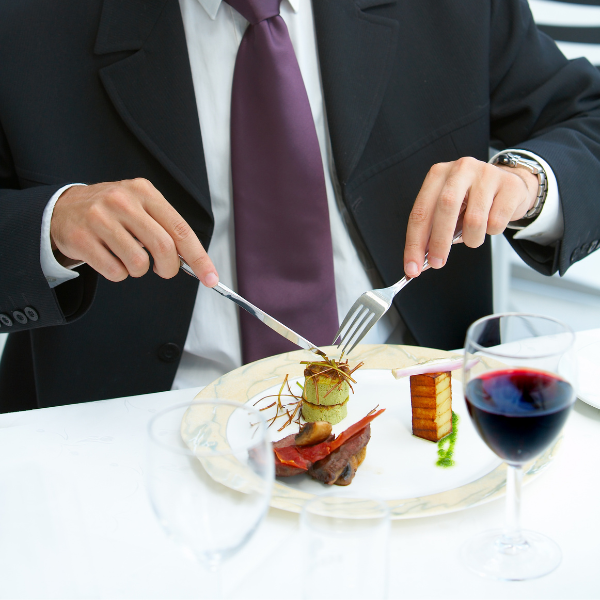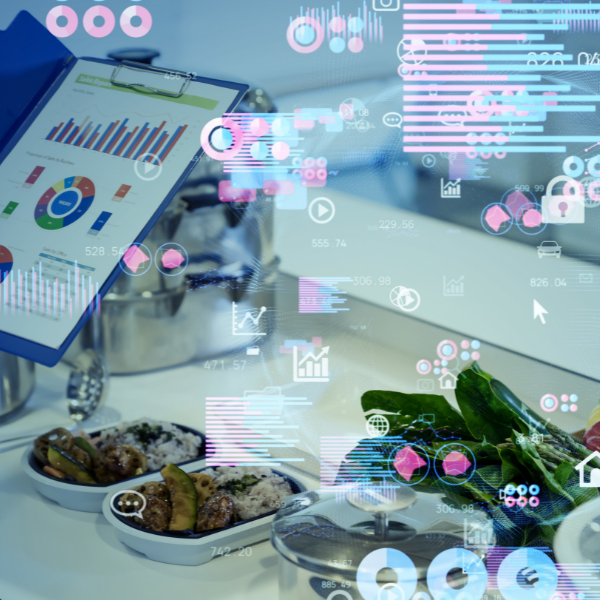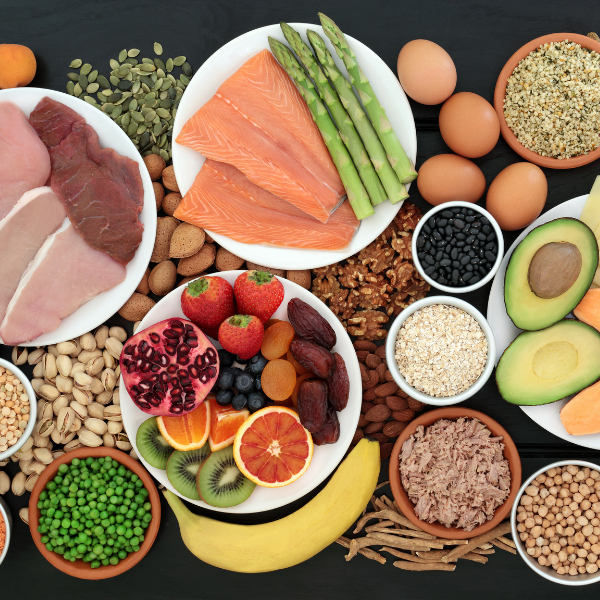The catering industry is changing fast, driven by what customers want and the need for unique, personalized experiences. Modern catering now focuses on creativity, innovation, and sustainability, moving away from generic offerings to more tailored experiences. This shift also underscores the importance of efficiency and streamlined operations, with catering businesses adopting digital tools and eco-friendly practices to keep up.
Table Of Contents
The Evolving Catering Landscape
Catering is no longer about one-size-fits-all solutions. Today's consumers want:
Personalized Experiences: Tailored to individual tastes and dietary needs.
Creativity And Innovation: Unique presentations and creative menus.
Sustainability: Eco-friendly and environmentally conscious practices.
Leveraging Digital Tools For Streamlined Operations
Digital Tools Enhancing Efficiency
Adopting digital tools transforms how we operate, enhancing efficiency in inventory management and client communication. By using note-taking apps and online catalogs, we can better allocate resources and improve service delivery, ultimately increasing overall efficiency and customer satisfaction.
Note-Taking Apps And Online Catalogs: Streamline operations, manage inventory efficiently, and enhance client communication.
Inventory Tracking And Waste Reduction: Real-time inventory management minimizes overstocking and reduces costs.
Seamless Communication: Facilitates collaboration among catering professionals, clients, and vendors.

Overcoming Challenges Of New Technologies
Embracing new technologies presents opportunities alongside challenges that require strategic navigation. Addressing factors such as initial investment, system integration, and employee resistance through careful planning and clear communication is essential to maximizing benefits and ensuring successful adoption across our operations.
Cost And ROI : Initial investment and determining return on investment.
System Integration : Ensuring compatibility with existing systems.
Employee Resistance : Training and clear communication to mitigate resistance.
The Art Of Presentation In The Digital Age
Creativity & Innovation In Presentation
Enhance culinary experiences with imaginative and eye-catching setups that engage guests in new ways. Utilize cutting-edge technologies to craft unforgettable dining moments that leave a lasting impression and stir excitement online.
Unique Displays : Deconstructed charcuterie boards and interactive food stations.
Immersive Experiences : Augmented reality and social media-worthy displays.
Embracing Sustainability In Catering
Sustainable Servingware & Waste Reduction
Opting for biodegradable and reusable serving ware such as compostable plates, cups, and utensils is a proactive step towards reducing environmental impact in catering operations. These choices not only support sustainability goals but also align with our commitment to responsible resource management and waste reduction efforts.
Sustainable Food Sourcing & Preparation
Case Study: OVG's Tech-Driven & Sustainable Catering Practices
OVG Hospitality integrates advanced technology and sustainable practices to elevate efficiency and environmental responsibility in catering services. Utilizing online catalogs and note-taking apps enhances operational workflows, while commitments to responsible sourcing and reducing single-use plastics underscore our dedication to sustainability.
Data-Driven Decision-Making In Catering
Adapting To Changing Dietary Preferences
Workforce Management & Service Quality
Effective workforce management is essential for ensuring smooth operations and maintaining high service quality in catering. By optimizing staff scheduling, training, and performance monitoring, we can deliver consistently exceptional experiences to our clients.

Technology In Workforce Management
Maintaining A Personal Touch
Mobile Apps & Online Ordering Platforms
Customer Interactions
Seamless ordering through mobile apps and online platforms allows customers to browse menus, customize orders, and make reservations effortlessly. Additionally, targeted marketing with personalized recommendations and real-time updates fosters stronger customer relationships and boosts engagement.

Successful Partnerships & Industry Innovation
Collaborations between catering companies and technology providers are key to driving innovation in the industry. By leveraging each other's strengths, these partnerships create cutting-edge solutions that enhance efficiency and service quality.
Leveraging Expertise & Resources
Strategic partnerships enable the development of tailored solutions that address specific operational challenges. By combining expertise and resources, these collaborations result in innovative tools and processes that elevate the catering experience.
Knowledge Sharing & Best Practices
Promoting sustainable practices through knowledge sharing and industry collaboration is essential for widespread adoption. Encouraging the exchange of best practices helps drive industry-wide improvements and fosters a more sustainable future for catering.

Embracing The Future Of Catering
The future of catering combines technology and sustainability to meet modern demands. By integrating innovative solutions and eco-friendly practices, catering businesses can provide exceptional experiences while reducing their environmental impact.
Stay ahead in the catering industry by embracing tech-driven and sustainable practices. Sign up for our newsletter by going to the bottom of our home page or browse through our catering supplies page for more insights and the latest products in modern catering.
How Do Catering Companies Manage The Cost Of New Technologies With The Benefits They Bring?
Investing in new technologies can be expensive at first, with costs for software, training, and setup. However, these costs are often offset by long-term benefits like better efficiency, less waste, and happier customers. Improved operations can lower expenses and increase profits by providing better service and retaining more clients.
What Challenges Do Catering Companies Face When Trying To Be More Sustainable?
Switching to sustainable practices can be challenging due to higher costs for eco-friendly products, limited access to local ingredients, and the need to change current processes. Overcoming these challenges involves careful planning, investing in sustainable supply chains, and educating staff and customers about the benefits. Long-term dedication and working with suppliers can help ease these difficulties.
How Do Digital Tools Improve Interactions With Clients In The Catering Industry?
Digital tools make client interactions more personalized and efficient. Apps for taking notes and online catalogs help ensure that all client preferences and dietary needs are noted and addressed. Mobile apps and online ordering platforms allow clients to easily browse menus, customize orders, and make reservations, which can improve satisfaction and simplify the ordering process.
What Are Some Examples Of Using Augmented Reality (Ar) In Catering, And How Do They Enhance The Dining Experience?
AR can be used in catering to create fun and interactive dining experiences. For example, AR can turn table settings into dynamic displays that tell the story of each dish or show how ingredients are sourced and prepared. These uses of AR not only make the dining experience more visually appealing but also engage guests in a unique and memorable way, making the event more enjoyable and shareable.
How Do Catering Companies Measure The Benefits Of New Technologies And Sustainable Practices?
Catering companies measure the benefits by tracking various performance metrics over time. These metrics might include cost savings from reduced waste and better inventory management, increased revenue from improved customer satisfaction, and efficiencies gained through streamlined operations. Analyzing customer feedback and engagement levels also helps understand the impact of these changes on the business. Regularly reviewing these metrics shows how these investments pay off.
















